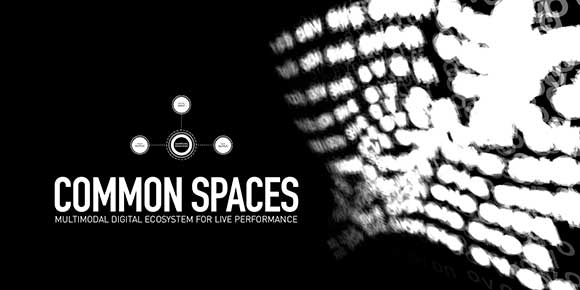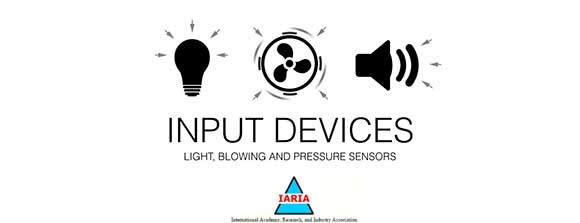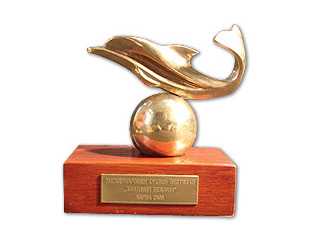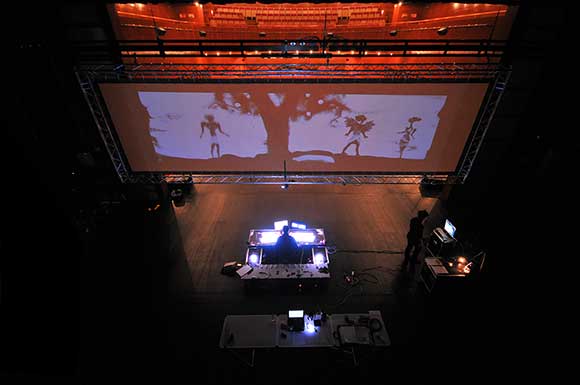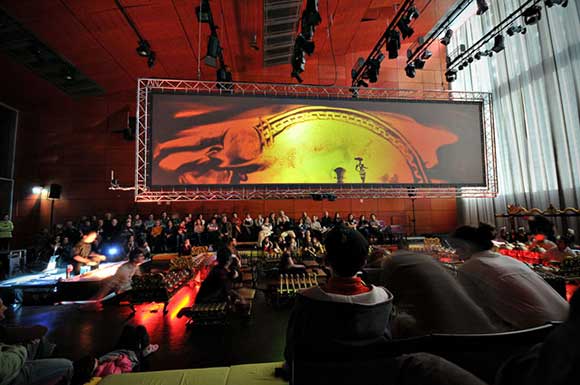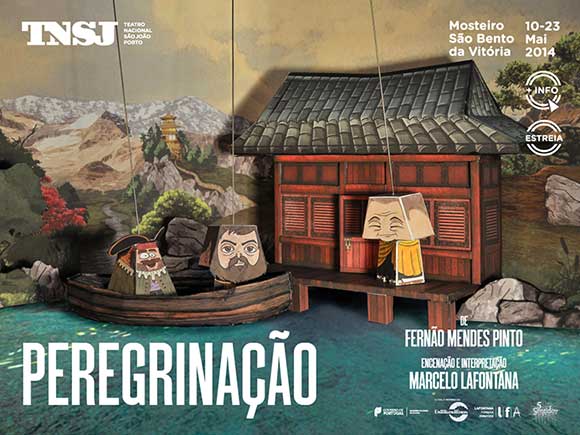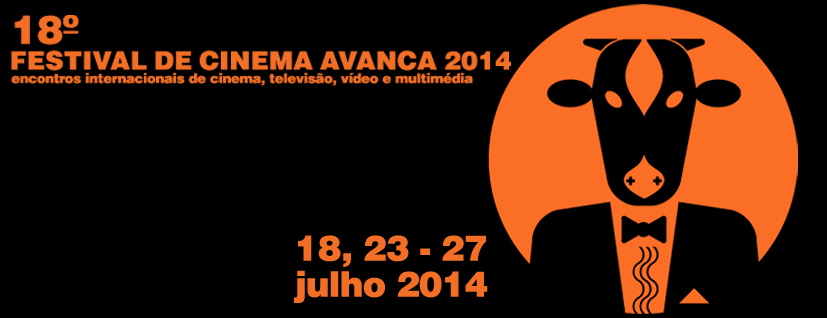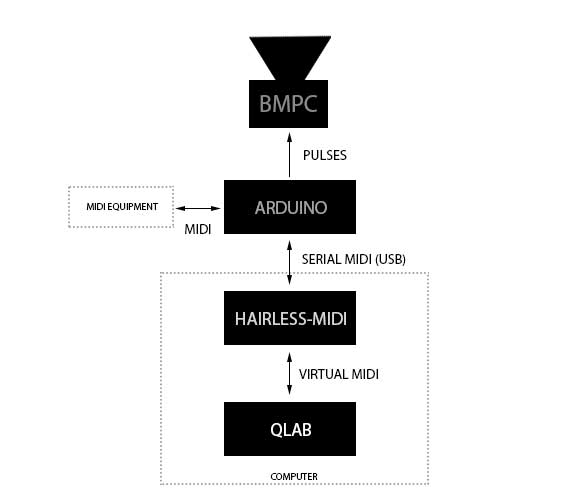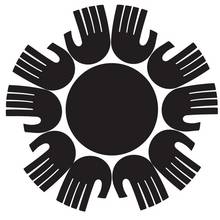
Visting Varna in Bulgaria to the 16th International Puppetry Festival.
Lafontana Formas Animadas was invited to present the Prometeu shadow play at this festival. One of the oldest Eastern Europe puppetry festivals with 45 years old.
We built a new compact version of Prometeu which travels inside a flat case developed to go around the world. It was our first challenge and it passed with distinguish, Marcelo Lafontana won the award for the best performance. We were very happy to present our show at Varna.
From the 1th Octobre to 7th October I have had the privilege to watch 11 great performances from puppetry companies from all over the world.
From string to direct manipulation, from the most classical puppetry to the most contemporary approaches the Varna festival presented a wide range of puppetry aesthetics and puppetry methods for all audiences.
I would like to congratulate the organization for there professionalism handling with all cultural differences representing 10 different countries.
Here is a list of all the puppetry shows that I was able to see, all of them contributed in some way to opening my eyes to this wonderful theatrical art.
La Mar de Marionetas – Madrid, Spain
SPEAK, YOU´RE NOT ALONE
Sofia Puppet Theatre – Sofia
TALE OF THE WANDERING KING
Batumi Puppet and Youth State Theatre – Batumi, Georgia
COLORED FOG’S SEASHORE
State Puppet Theatre – Varna
LITTLE WIZARDS
Harpe en Perigord & La Mar de marionetas – French-Spanish co-production
SHAKESPEARE’S DAUGHTER TELLS HER MIDSUMMER NIGHT’S DREAM
Puppet Theatre Haet-Sal – Suwon, Korea
HEUNG-BU JEON
Baruti Teatro – Athens, Greece
MOMENTOS
Sofia Puppet Theatre – Sofia
THE TEMPEST
State Puppet Theatre – Plovdiv
THE LONG JOURNEY OF THE LITTLE CROCODILE
State Puppet Theatre – Varna
SILENT LEGENDS
The Key Theatre – Tel Aviv, Israel
WHEN ALL WAS GREEN


